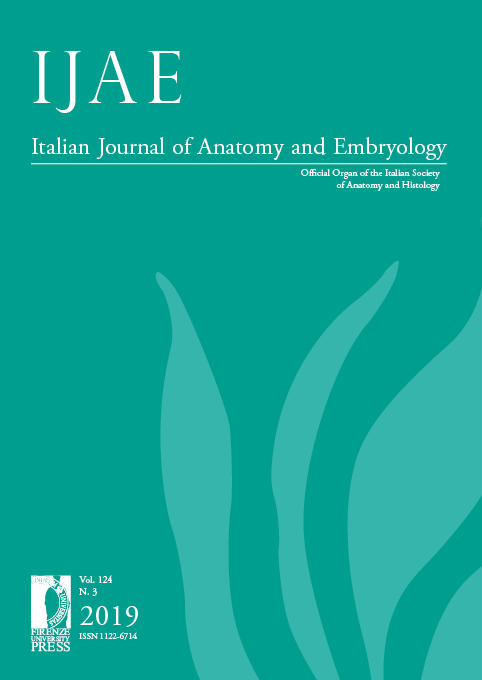Published 2020-05-20
Keywords
- Mast cells,
- vertebrates,
- ascidians,
- granular haemocytes,
- innate immunity
- adaptive immunity,
- tissue regeneration ...More
How to Cite
Abstract
Mast cells are tissue-based immune cells that participate to both innate and adaptive immunity as well as to tissue-remodelling processes. Their phylogenetic development can be only guessed and partly reconstructed according to present trace evidence. This kind of cells have been found in all vertebrate classes and a cell population largely with the qualities of higher vertebrate mast cells is identifiable in the most evolutionarily sophisticated fish species. In invertebrates, cells correlated with vertebrate mast cells have been documented in ascidians, a class of urochordates which made its appearance about 500 million years ago. These include the granular haemocyte with transitional features between basophils and mast cells, and the test cell. Both cells store histamine and heparin, and supply protective tasks. The test cell discharges tryptase after stimulus with compound 48/80. A leukocyte progenitor effective in primitive confined innate immunity possibly represents the mast cell ancestor. This cell was likely concerned with phagocytic and killing actions against pathogens, and functioned as a broad-spectrum activator of phlogistic processes. This defensive precursor cell was possibly engaged in associated local reparative functions. With the initiation of recombinase activating genes (RAG)-mediated adaptive immunity in the Cambrian era, about 550 million years ago, and the appearance of early vertebrates, mast cell progenitors developed towards a multifaceted cellular type. As a distinguished cell category mast cells probably emerged in the last common ancestor we shared with hagfish, lamprey and sharks about 450-500 million years ago.


